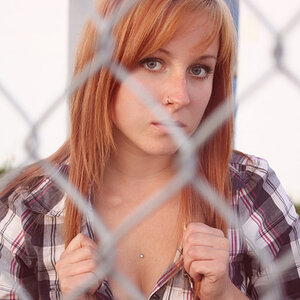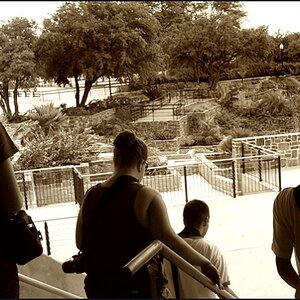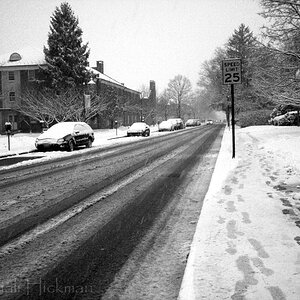jaree2
TPF Noob!
- Joined
- Feb 10, 2013
- Messages
- 36
- Reaction score
- 34
- Location
- PA
- Website
- www.flickr.com
- Can others edit my Photos
- Photos NOT OK to edit
Looking for advice on some equipment upgrades - this forum has been incredibly helpful with great insight and information
I have been a Canon shooter for a long time, but have recently been looking to upgrade and change gear. I've been shooting the last few years with a Canon 70D and 100-400 IS II lens. I've been been very happy with my setup for many years, but would like to take the opportunity to upgrade as I feel there have been exciting developments in the mirrorless and full-frame worlds.
As a background, I mostly shoot birds, some BIF, but mostly portrait. I shoot other wildlife and occasional landscapes as well. My wife and I love to travel, and usually attempt to get off the beaten path at least a few times a year.
As a result, while we do shoot in open spaces, I often find myself in dimmer lighting (forests, dawn/dusk) hunting subjects. I've lost a lot of shots as a result of maxing out the capabilities of my current gear.
I realize a modern camera will not miraculously make up for poor lighting, long aperture lenses, or poor technique, but I'd love to take advantage of some of the newer technology. However, it often seems the more I research, the less I seem to know.
I feel like I've largely narrowed down to a few options and would love some advice:
Sony A9 w/ 100-400 GM +/- 1.4 teleconverter - The a9 offers some awesome wildlife perks with frame rate, low light performance seems to be good as well. I primarily worry about reach with full frame or mirrorless, but the 1.4 teleconverter would give me flexibility and seems to compare to the 200-600 from what I have read. I also feel like the price will be dropping if the a9ii releases in the next few months.
Nikon D850 w/ Nikkor 200-500 VR - Seems to get rave reviews for wildlife/bird photography. Low light performance seems very good - 42 MP would give me cropping flexibility, but my impression is this will increase noise at higher ISOs, which I find needing often with condition and lens choices.
Thank you in advance for all your help, I really appreciate the time, experience, and advice individuals on this forum have to offer.
A few examples where I feel an improved dynamic range or ISO performance would have helped me capture a better image after processing:
 Colombia (157 of 1) by Jack Reese, on Flickr
Colombia (157 of 1) by Jack Reese, on Flickr
 Colombia (93 of 169) by Jack Reese, on Flickr
Colombia (93 of 169) by Jack Reese, on Flickr
 Colombia (83 of 169) by Jack Reese, on Flickr
Colombia (83 of 169) by Jack Reese, on Flickr
I have been a Canon shooter for a long time, but have recently been looking to upgrade and change gear. I've been shooting the last few years with a Canon 70D and 100-400 IS II lens. I've been been very happy with my setup for many years, but would like to take the opportunity to upgrade as I feel there have been exciting developments in the mirrorless and full-frame worlds.
As a background, I mostly shoot birds, some BIF, but mostly portrait. I shoot other wildlife and occasional landscapes as well. My wife and I love to travel, and usually attempt to get off the beaten path at least a few times a year.
As a result, while we do shoot in open spaces, I often find myself in dimmer lighting (forests, dawn/dusk) hunting subjects. I've lost a lot of shots as a result of maxing out the capabilities of my current gear.
I realize a modern camera will not miraculously make up for poor lighting, long aperture lenses, or poor technique, but I'd love to take advantage of some of the newer technology. However, it often seems the more I research, the less I seem to know.
I feel like I've largely narrowed down to a few options and would love some advice:
Sony A9 w/ 100-400 GM +/- 1.4 teleconverter - The a9 offers some awesome wildlife perks with frame rate, low light performance seems to be good as well. I primarily worry about reach with full frame or mirrorless, but the 1.4 teleconverter would give me flexibility and seems to compare to the 200-600 from what I have read. I also feel like the price will be dropping if the a9ii releases in the next few months.
Nikon D850 w/ Nikkor 200-500 VR - Seems to get rave reviews for wildlife/bird photography. Low light performance seems very good - 42 MP would give me cropping flexibility, but my impression is this will increase noise at higher ISOs, which I find needing often with condition and lens choices.
Thank you in advance for all your help, I really appreciate the time, experience, and advice individuals on this forum have to offer.
A few examples where I feel an improved dynamic range or ISO performance would have helped me capture a better image after processing:
 Colombia (157 of 1) by Jack Reese, on Flickr
Colombia (157 of 1) by Jack Reese, on Flickr Colombia (93 of 169) by Jack Reese, on Flickr
Colombia (93 of 169) by Jack Reese, on Flickr Colombia (83 of 169) by Jack Reese, on Flickr
Colombia (83 of 169) by Jack Reese, on Flickr

![[No title]](/data/xfmg/thumbnail/37/37540-73002ccb910b97978bc38658622a34d3.jpg?1619738133)
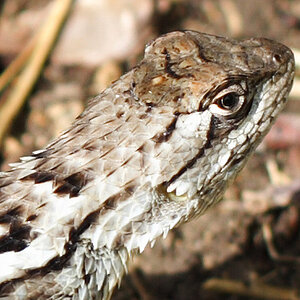
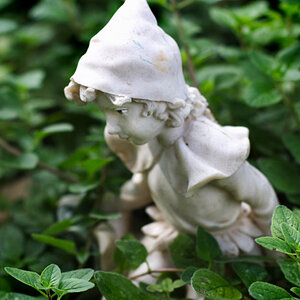
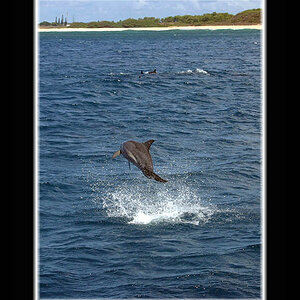
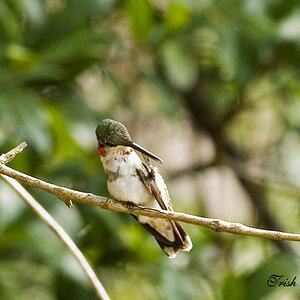
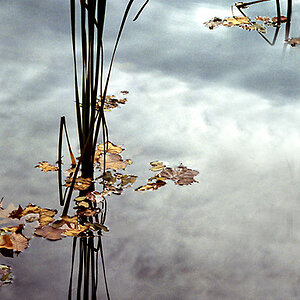
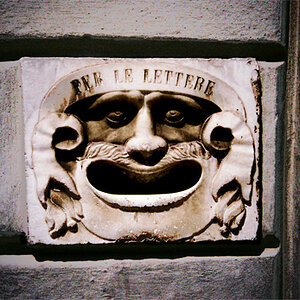
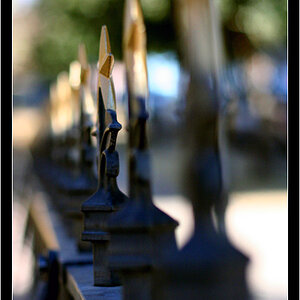
![[No title]](/data/xfmg/thumbnail/38/38749-a4ef503184d13a9c7592221cb44ac5e8.jpg?1619738704)
